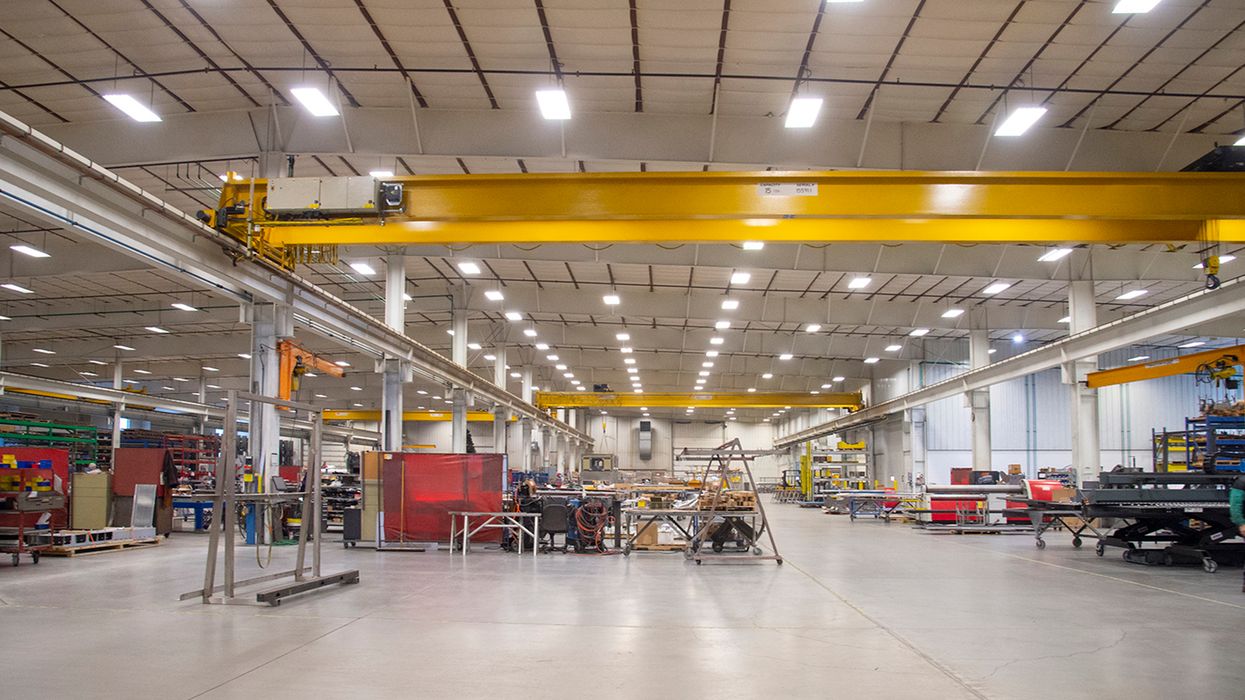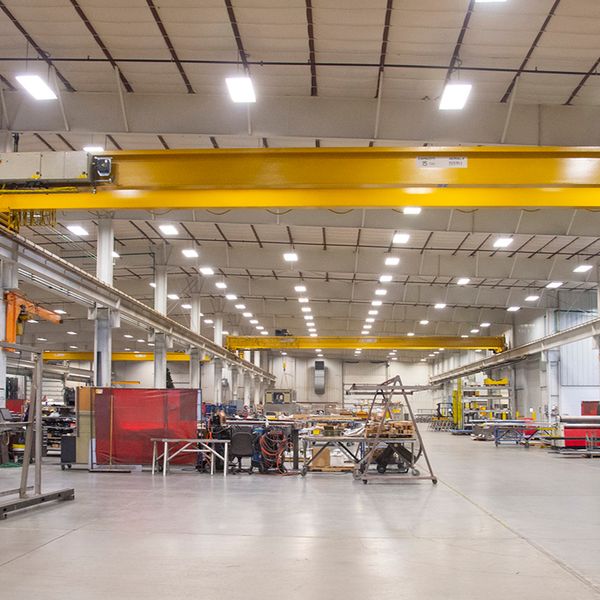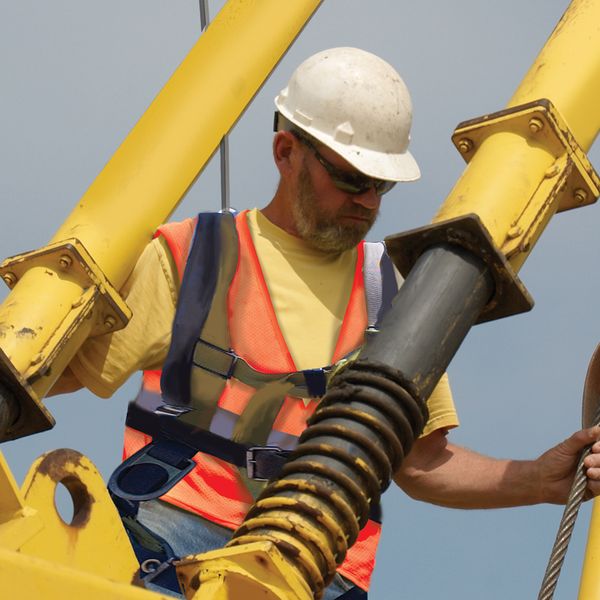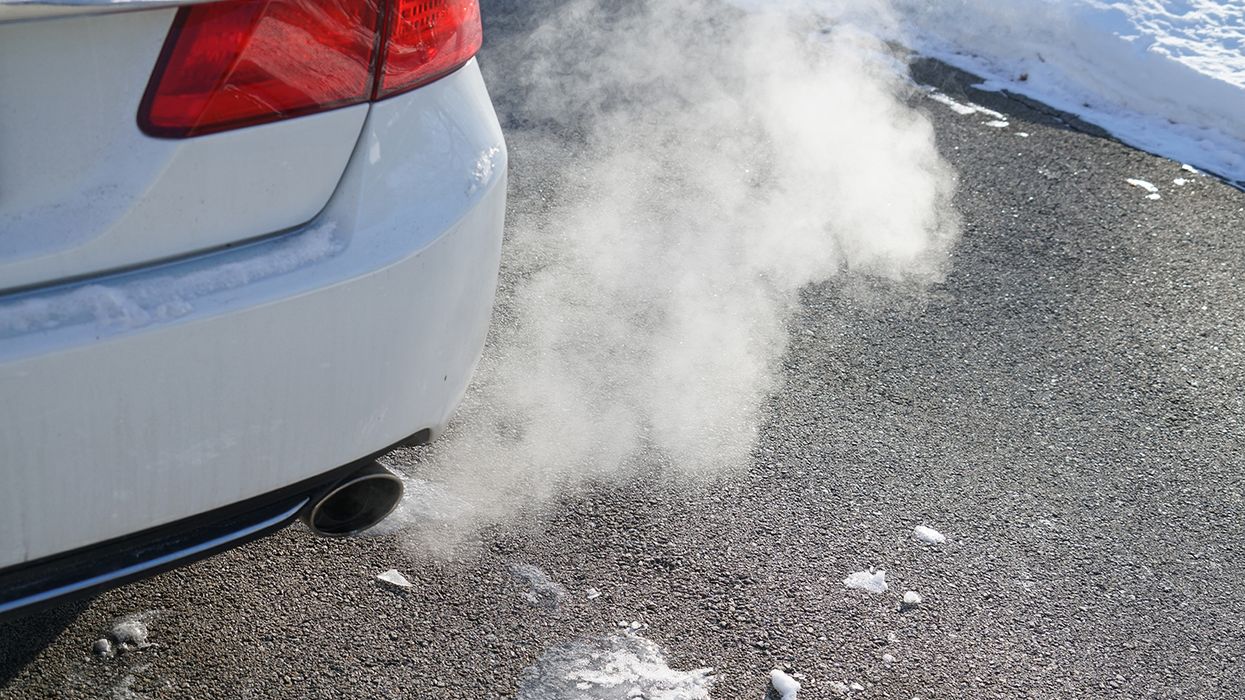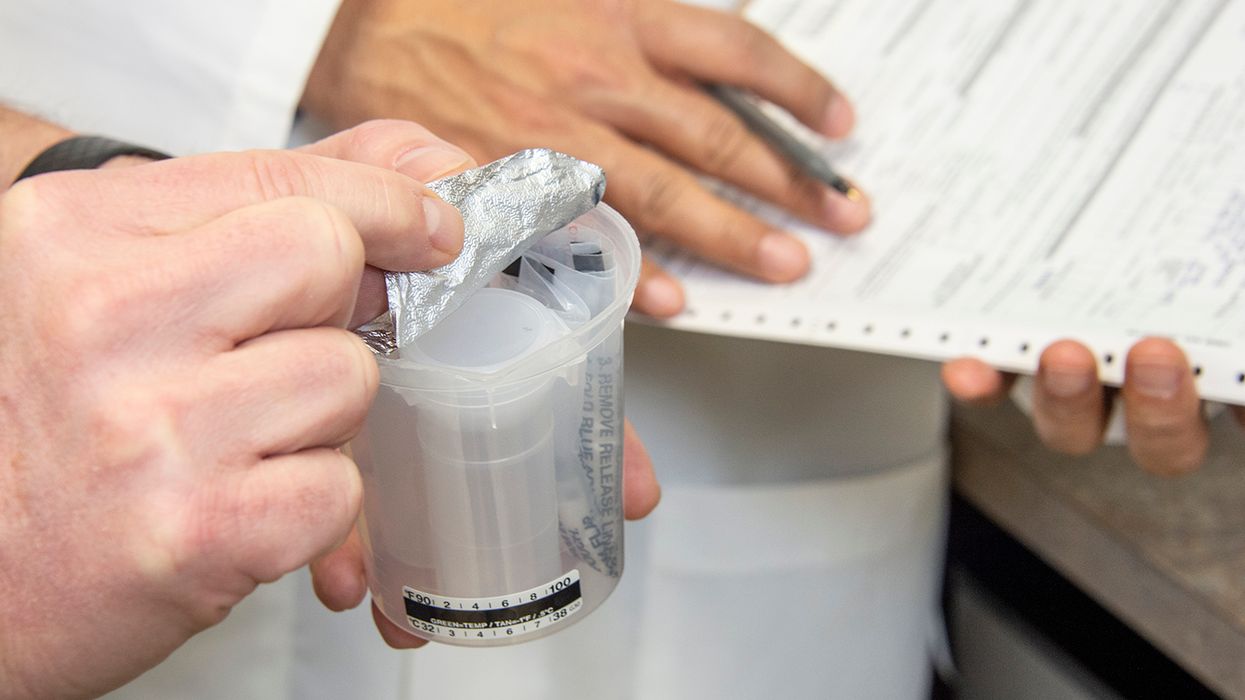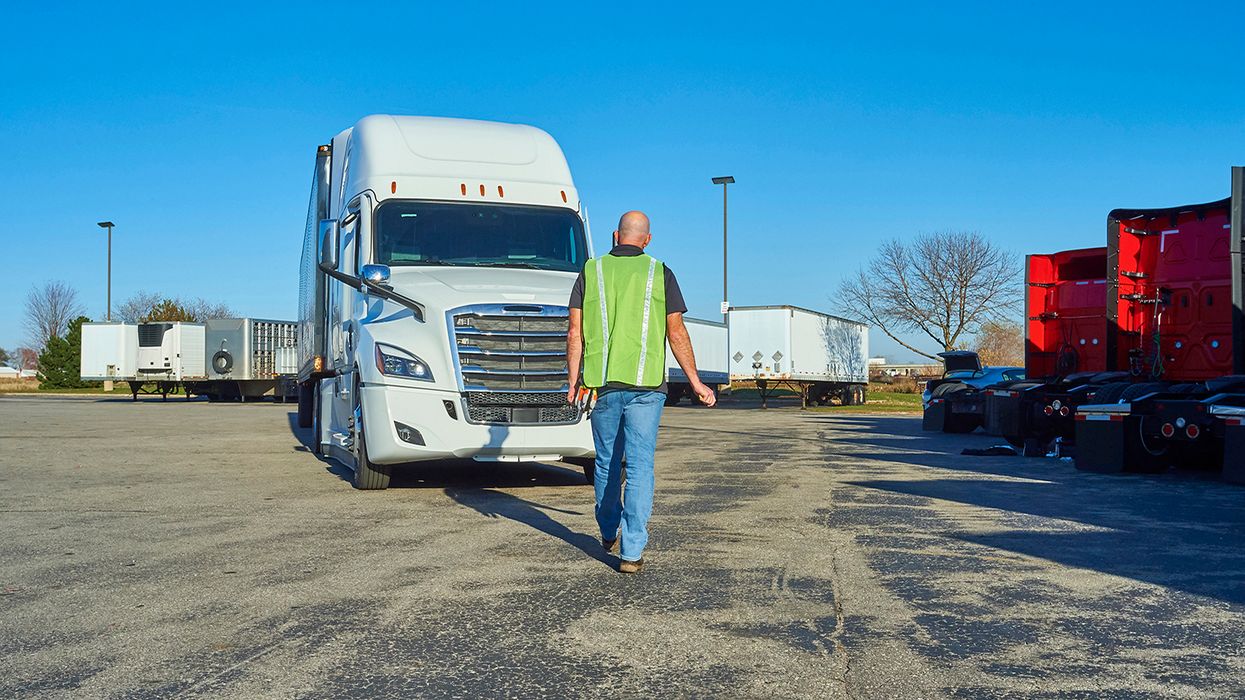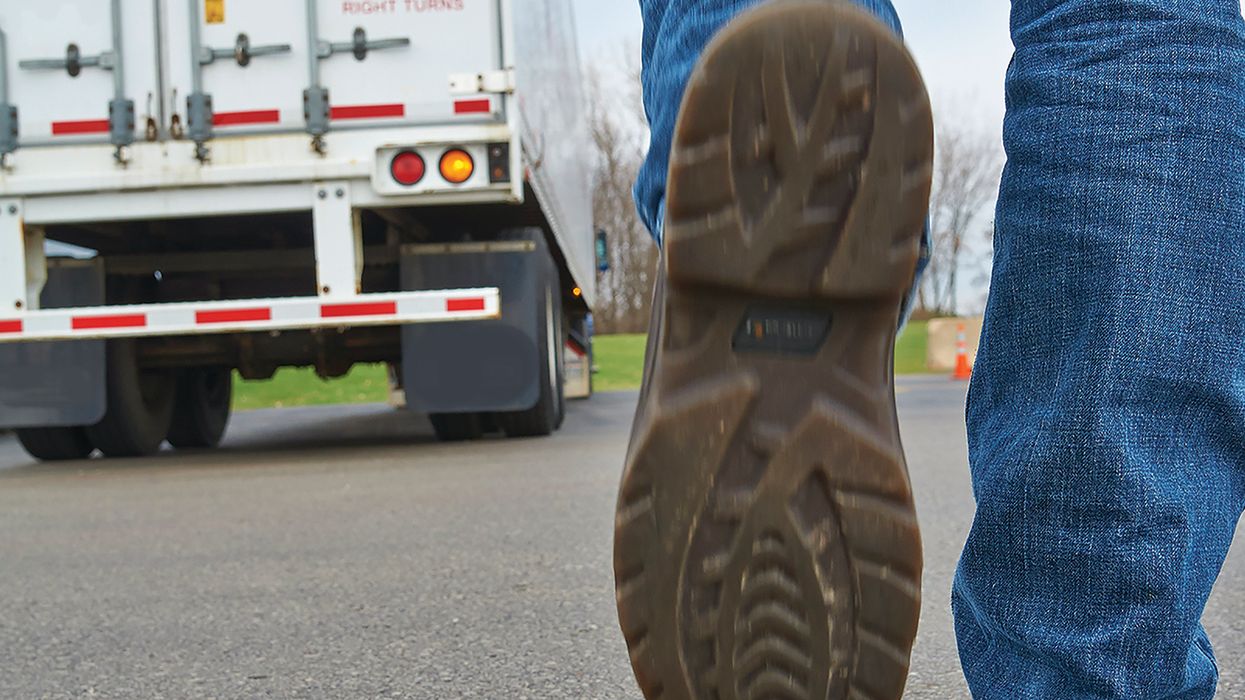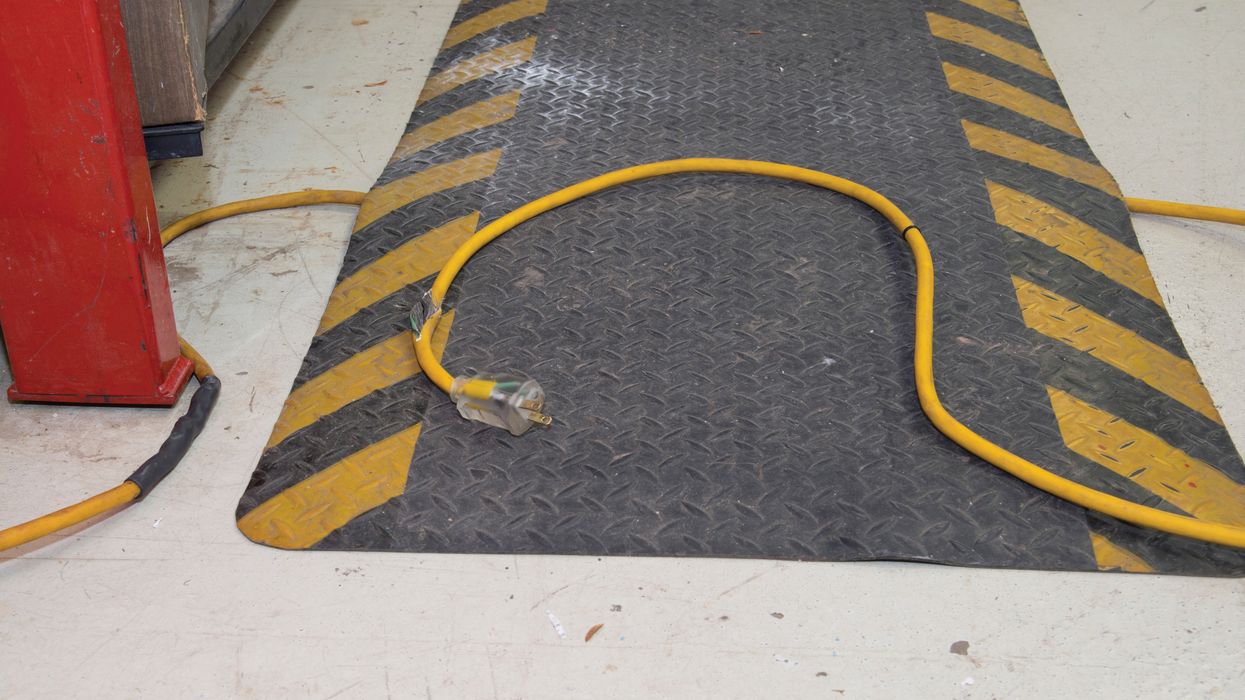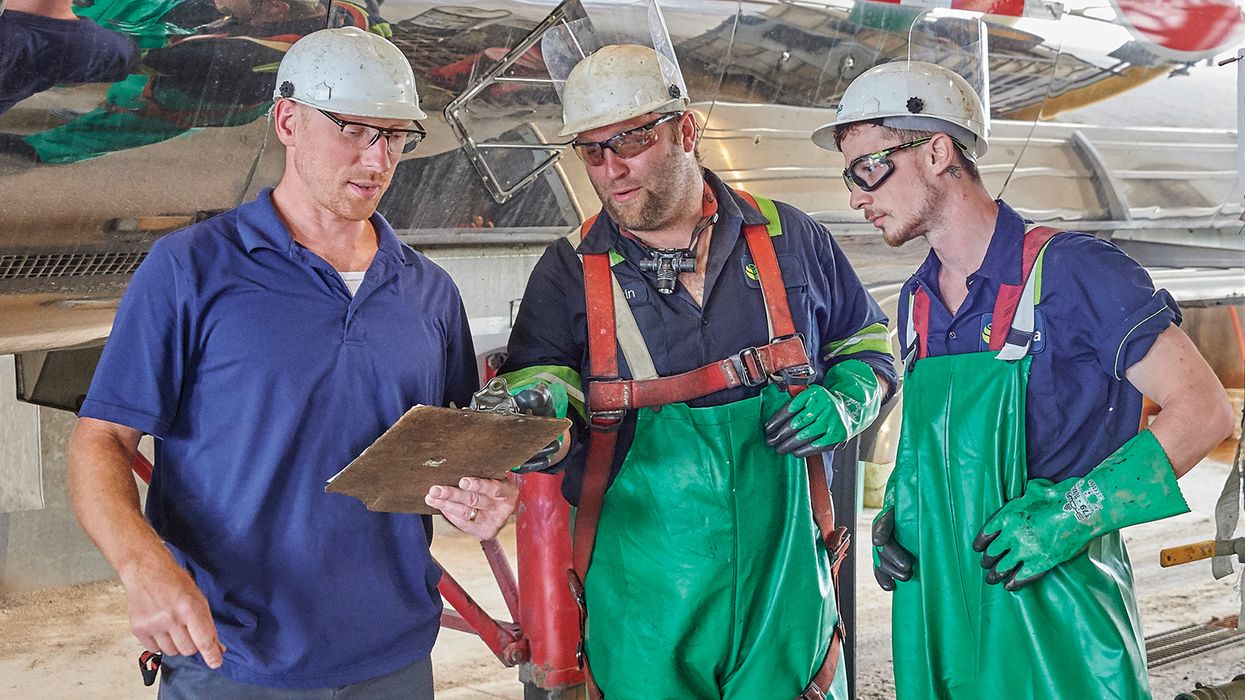Overhead crane safety: Safeguarding success from above
Although overhead cranes are invaluable tools for lifting and transporting of heavy loads, inherent risks can have disastrous results if safety measures are not followed. Cranes can have catastrophic failures putting employees and the facility at risk. To ensure workplace protection and maintain operational efficiency, it is crucial to prioritize overhead crane safety through:
- Operator training and certification
- Regular inspections and maintenance
- Safety devices and equipment
- Communication and collaboration
| Need more information? See our ezExplanation on overhead cranes. |
Operator Training and Certification
The foundation of overhead crane safety lies in comprehensive operator training and certification. Only trained and authorized personnel should operate cranes, as their proper operation requires specific knowledge and skills. Training programs should cover crane operation techniques, load capacity awareness, rigging procedures, hand signals, and emergency protocols. Operators must also understand how to identify potential hazards, such as damaged equipment and unstable loads.
Although not required by OSHA, several certification programs, such as those offered by the National Commission for the Certification of Crane Operators (NCCCO), are available to certify operators. These certifications are an industry best practice. They help ensure operators understand the intricacies of crane operation and possess the necessary expertise to navigate potential challenges, minimizing the likelihood of accidents.
Regular Inspections and Maintenance
Routine inspections are vital for identifying and addressing potential issues before they escalate into hazards. A thorough inspection should encompass all overhead crane components, including the hoist, trolley, runway, electrical systems, and controls. Operators should conduct daily pre-shift inspections to ensure that the crane is in proper working condition and should immediately report any defects or malfunctions.
In addition to daily inspections, qualified inspectors must conduct regular comprehensive examinations. These inspections should follow manufacturer guidelines, industry standards, and applicable regulations. Through maintenance and repair procedures, address any signs of damage or wear and tear.
Safety Devices and Equipment
Safety devices and equipment are crucial to overhead crane safety. Devices such as limit switches, overload protection systems, anti-collision sensors, and emergency stop buttons help prevent accidents and mitigate potential risks. Limit switches prevent the crane from moving beyond specified areas, ensuring safe operation within the defined workspace.
Additionally, personal protective equipment (PPE) should be provided to all workers in the vicinity of overhead cranes. This can include hard hats, safety glasses, high-visibility vests, and safety-toed boots. PPE helps protect workers from falling objects, flying debris, and potential accidents caused by the movement of the crane or its load.
Communication and Collaboration
Efficient communication and collaboration between crane operators, ground personnel, and other workers are essential to maintain a safe working environment. Clear and standardized hand signals must be used consistently to ensure effective communication between the crane operator and ground personnel. Radios or other reliable communication devices should also be available for immediate contact when necessary.
Furthermore, fostering a safety culture within the workplace is paramount. Regular safety meetings, hazard identification programs, and reporting mechanisms enable workers to contribute to the identification and mitigation of potential risks. Encouraging employees to engage in safety practices fosters shared responsibility for workplace safety and enhances overall awareness.
Key to remember
Overhead crane safety is crucial for preventing industrial accidents, injuries, and fatalities. Companies must invest in comprehensive training programs, adhere to inspection protocols, and provide safety equipment to safeguard workers and maintain operational efficiency. By fostering a culture of safety, organizations can ensure that overhead cranes are used.

